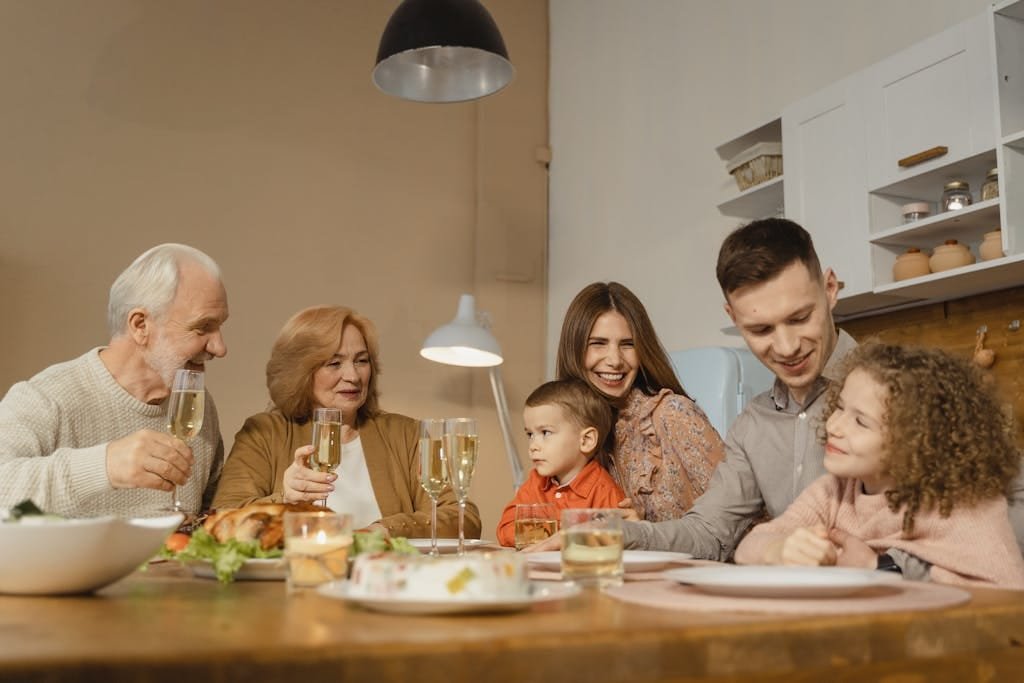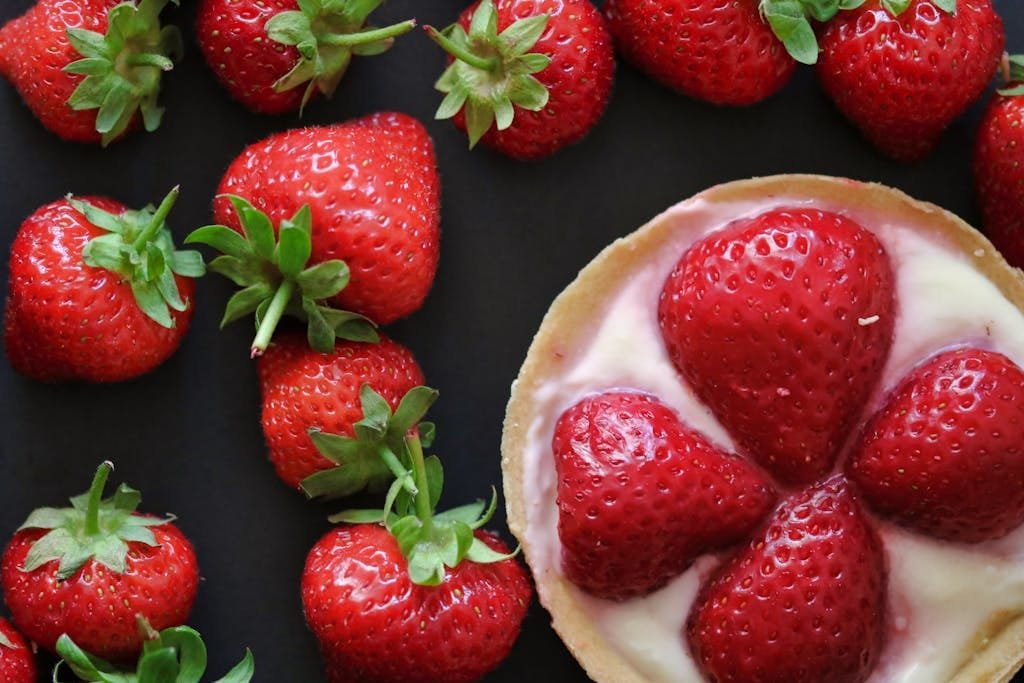Teaching Kids the Value of Experiences vs. Material Possessions
Teaching kids the value of experiences over material possessions can be a challenge in our western consumer society. However, it’s a lesson that can lead to happier, more fulfilled lives. As a parent and champion for mindful living, I’ve come across some effective strategies to help children understand that the joy of experiences often outweighs the fleeting excitement of new toys. Let’s explore how we can nurture this mindset in our children in our parents guide!
Why Experiences Matter More Than Stuff
Before we look at the “how,” let’s talk about the “why.” Research has shown that experiences tend to bring more lasting happiness than material possessions. Here’s why:
- Memories last longer than the excitement of new things
- Experiences contribute to personal growth and learning
- Shared experiences strengthen relationships
- Anticipation of experiences brings joy before they even happen
- Experiences are unique and can’t be directly compared, reducing “keeping up with the Joneses” mentality
Strategies for Teaching Kids to Value Experiences
1. Lead by Example
Kids are like sponges – they absorb our behaviours and attitudes. Show them that you value experiences by:
- Expressing excitement about upcoming family activities
- Talking about past experiences and the memories they’ve created
- Choosing experiences over material gifts for birthdays or holidays
2. Create Anticipation for Experiences
Build excitement for upcoming experiences with techniques such as:
- Using a countdown calendar for family trips or special events
- Involving kids in planning activities
- Discussing what you’re looking forward to as a family
3. Practice Gratitude for Experiences

Encourage positive reflection and appreciation habits:
- Have “highlight of the day” discussions at dinner
- Create photo albums, photo books or scrapbooks of family adventures
- Share video slideshow memories with older children that have devices
- Keep a family gratitude journal, focusing on experiences
4. Give Experiential Gifts
When it comes to birthdays or holidays:
- Plan special outings or adventures as gifts
- Gift tickets to events, classes, or attractions
- Create homemade “adventure coupons” for experiences kids can redeem
5. Encourage Mindful Consumption
Help kids think critically about purchases:
- Discuss wants vs. needs
- Encourage saving for meaningful purchases or experiences
- Talk about the environmental impact of excessive consumption and encourage better choices
6. Foster Creativity and Imagination

Promote activities that don’t require “stuff”:
- Encourage imaginative play
- Spend time in nature. A walk in the park, the woods, by the river or at the beach.
- Help them learn to identify animals, insects and plants instead of products and brands
- Engage in arts and crafts using household items
7. Volunteer and Give Back
Show kids the value of helping others:
- Participate in community service as a family
- Donate gently used toys and clothes
- Discuss how giving can be more fulfilling than receiving
8. Create Family Traditions

Establish experiences that kids can look forward to:
- Weekly game nights or movie nights
- Annual camping trips or staycations
- Seasonal activities like fruit picking (apples, strawberries or blackberries) or holiday light viewing
9. Limit Exposure to Advertising
Reduce the influence of consumer culture:
- Choose ad-free entertainment options
- Discuss marketing tactics when ads are unavoidable
- Encourage critical thinking about advertised products
10. Celebrate Non-Material Achievements
Recognise efforts and accomplishments that don’t involve “things”:
- Praise kids for kindness, creativity, or perseverance
- Celebrate learning new skills or overcoming challenges
- Create rituals for non-material milestones (like first bike ride without training wheels)
Handling Challenges and Pushback
It’s natural for kids (and sometimes us parents!) to struggle with this shift in mindset. Here are some tips for handling common challenges:
- Acknowledge feelings: “I understand you really want that new toy. It’s okay to feel disappointed.”
- Redirect focus: “Instead of a new toy, what if we planned a special day out together?”
- Provide context: “Remember how much fun we had at the beach last summer? That memory is something we’ll always have.”
- Be patient: Change takes time. Celebrate small wins and keep reinforcing the value of experiences.
The Long-Term Impact
By teaching our kids to value experiences over material possessions, we’re setting them up for:
- Greater long-term happiness and life satisfaction
- Improved social skills and stronger relationships
- A more sustainable and environmentally conscious lifestyle
- Better financial habits and decision-making skills
- A richer, more diverse set of life experiences
Remember, it’s not about completely eliminating material possessions – it’s about finding a balance and understanding where true, lasting happiness comes from.
Wrapping Up
Teaching our kids to value experiences over stuff takes intention and commitment. Be realistic and kind to yourself. You’ll slip, have a bad day or a moment of weakness. That’s ok! Try to be patient, consistent and lead by example. The rewards for both our kids and ourselves – are immeasurable. By shifting focus from accumulating things to collecting memories, we’re giving our children the tools to live richer, more fulfilling lives.
What strategies have you used to teach your kids about the value of experiences? Share your thoughts and tips in the comments below – let’s learn from each other on this important parenting journey!
Before you go!
If you found this article useful, take a look at another of our articles on embracing minimalism with kids. Please also follow us on Instagram and Pinterest if you can to help our articles become more visible to others.







